Sony announced plans for a new Full Frame 24x36mm high-end CineAlta digital motion picture camera system at Cine Gear. The big news was the big picture. Few additional details were revealed.
Here’s what we know from the official announcement:
- Full Frame 24 x 36 mm image sensor.
- (Sony traditionally puts the horizontal dimension first, so they’re calling it 36 x 24.)
- Totally new sensor architecture–built from ground up–not seen on any previous Sony camera or camcorder.
- Aspect ratio agnostic – including Full Frame, Super35 full height Anamorphic, Spherical 16:9 and 1:85:1 and 2.39:1.
- That translates into being able to use almost any cine or still photo lens, including the large offering of new Full Frame lenses—spherical or anamorphic, Super35 spherical lenses, Full Height (18mm high) Super35 anamorphic lenses as well as 65mm and Medium Format lenses and probably 16mm and B4 lenses in a lower rez windowed sensor area.
- The resolution of Super35 anamorphic (18 x 21.6 mm image area) was announced to be 4K.
- So, interpolating to the larger 24 x 36 mm image area, my jetlagged math guesses around Full Frame 6800 x 4,500 resolution.
- Compatible with current and planned accessories for F55 cameras (DVF-EL200 Full HD OLED Viewfinder, AXS-R7 recorder, AXS-CR1 and AR1 card reader, AXS and SxS memory cards).
- So…this should be a high-end production camera, and probably not in the FS5 or FS7 style market.
- This new Full Frame cine camera is an addition the CineAlta family and doesn’t replace the F55 or F65
- Maintains Sony’s 16-bit RAW/X-OCN and XAVC file formats
- Again, this affirms a 16-bit high-end camera, perhaps an evolution and step up from the F55, and maybe with some of the advanced image science derived from the F65.
- Expected to be ready early 2018 and maybe prototypes later this year.
Here’s what we don’t know
- Shape and ergonomics.
- Lens mount
- Frame rates
- When additional specs will be revealed
Why is the big picture such a big deal?
- Full Frame is a familiar format — a worldwide standard of still photography for 100 years.
- Full Frame image is a much more natural perspective and magnification than Super 35mm counterpart.
- The larger format gives us a more natural perspective
- Fewer distortions at wide angle
- More natural depth of field
- Full frame shares many characteristics of the 65mm format but the lenses are smaller
- There’s an existing infrastructure for Full Frame — probably more than 300 million Full Frame still photography lenses in the world.
- Lots of new Full Frame lenses introduced recently—including: ZEISS CP.3, Leica Thalia, Cooke S7/I, Leica M0.8, Angenieux Type EZ zooms, Sigma Cine Lenses, IB/E Optics Raptors, and many more…
- Full Frame cameras are backward compatible and can work with all Super35 lenses—windowing S35 image in the 24x36mm sensor area.
- Full Frame sensors offer more flexibility for the designer — sensitivity, dynamic range, resolution, etc
- By the way, the VistaVision format is 25.7 x 37.7mm, a whisker-width difference from 24 x 36 mm Full Frame.
- Probably the only thing that kept the Full Frame format from being universally accepted in motion picture production was the cost of the big negative. UNTIL NOW.
- In 1913, Oskar Barnack built a prototype Full Frame still camera at Leica. It was introduced in 1925. It used 35mm motion picture film turned sideways. Instead of cinema cameras’ traditional18x24mm gate, it was 24x36mm and known as Leica Format or Full Frame. Over the next century, Full Frame essentially became the global still photography standard.
Some background of Full Frame format in still photography and motion pictures
Sony NEX-VG900 Full Frame Camcorder
By the way, Sony introduced their first Full Frame cine camera at Photokina in September 2013. Their NEX-VG900 Full Frame, interchangeable E-mount lens camcorder was intended for the prosumer market. It had a 24.3 MP 24×36 mm sensor and recorded 1080 HD at 24p/60p/60i.
There’s also a lot of additional Sony history in this story.
The Sony Alpha series.
SONY launched the first α7 Full Frame E-mount Still cameras on October 16, 2013.
- They could shoot amazing stills and gorgeous video.
- They had an E-mount, with a short 18mm flange focal depth
- They were a huge success – millions sold.
More Full Frame apha series cameras followed. The α7 II was announced in November 2014. The α7R II was announced in June 2015. These were followed by Sony’s α7 II, α7R II and α7S II in 2015.
These Full Frame still cameras had excellent video capabilities. It didn’t take long for filmmakers to use E-mount adapters on the α7 for cine lenses. Cinematographers quickly noticed that the mirrorless electronic viewing and short flange focal depth allowed almost any lens on the planet to be attached with adapters.
And then on April 19, 2017, Sony introduced the new α9 Full Frame Digital Mirrorless still camera with a new sensor capable of 4K Full Frame video and 20 fps burst-mode RAW still photo mode.

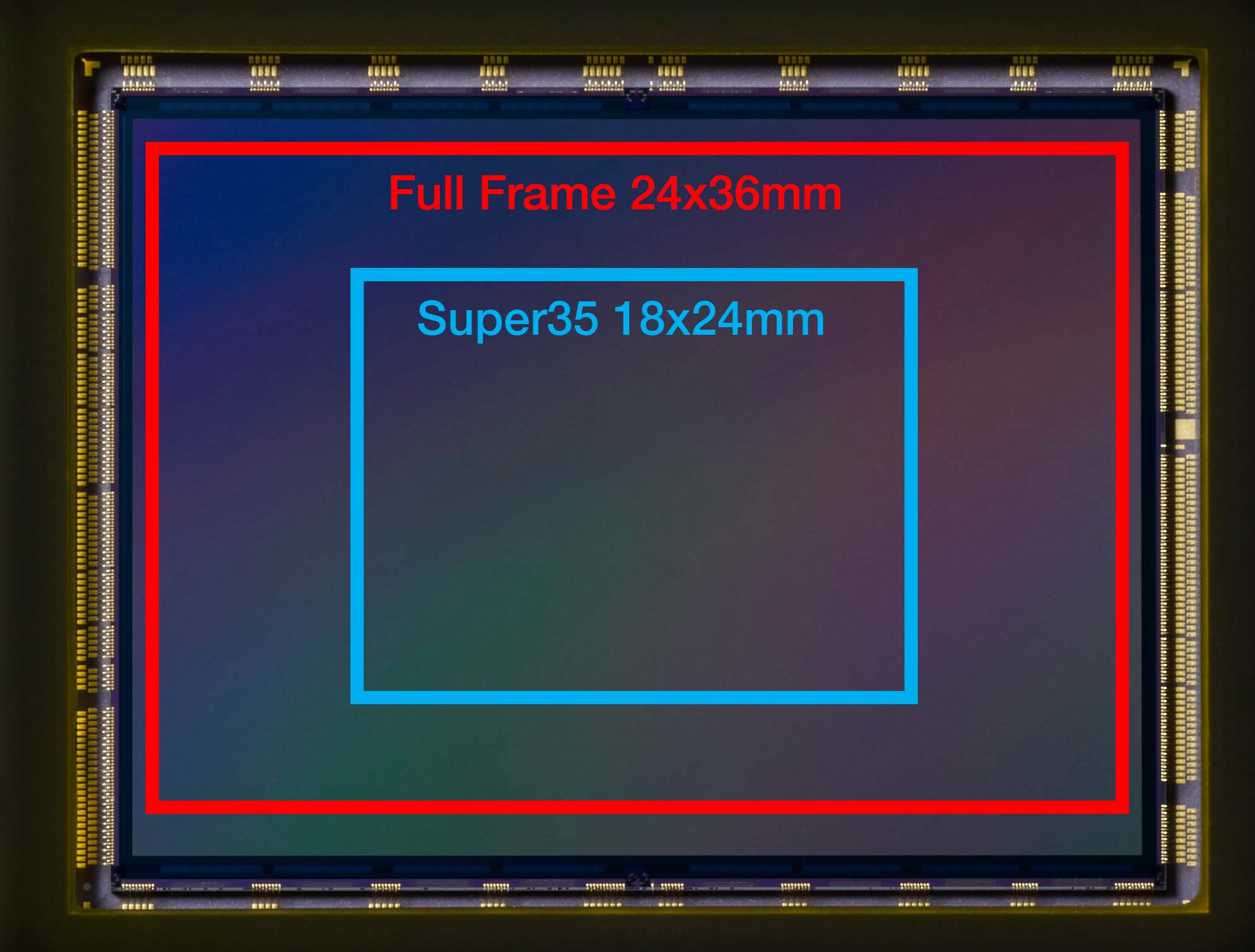
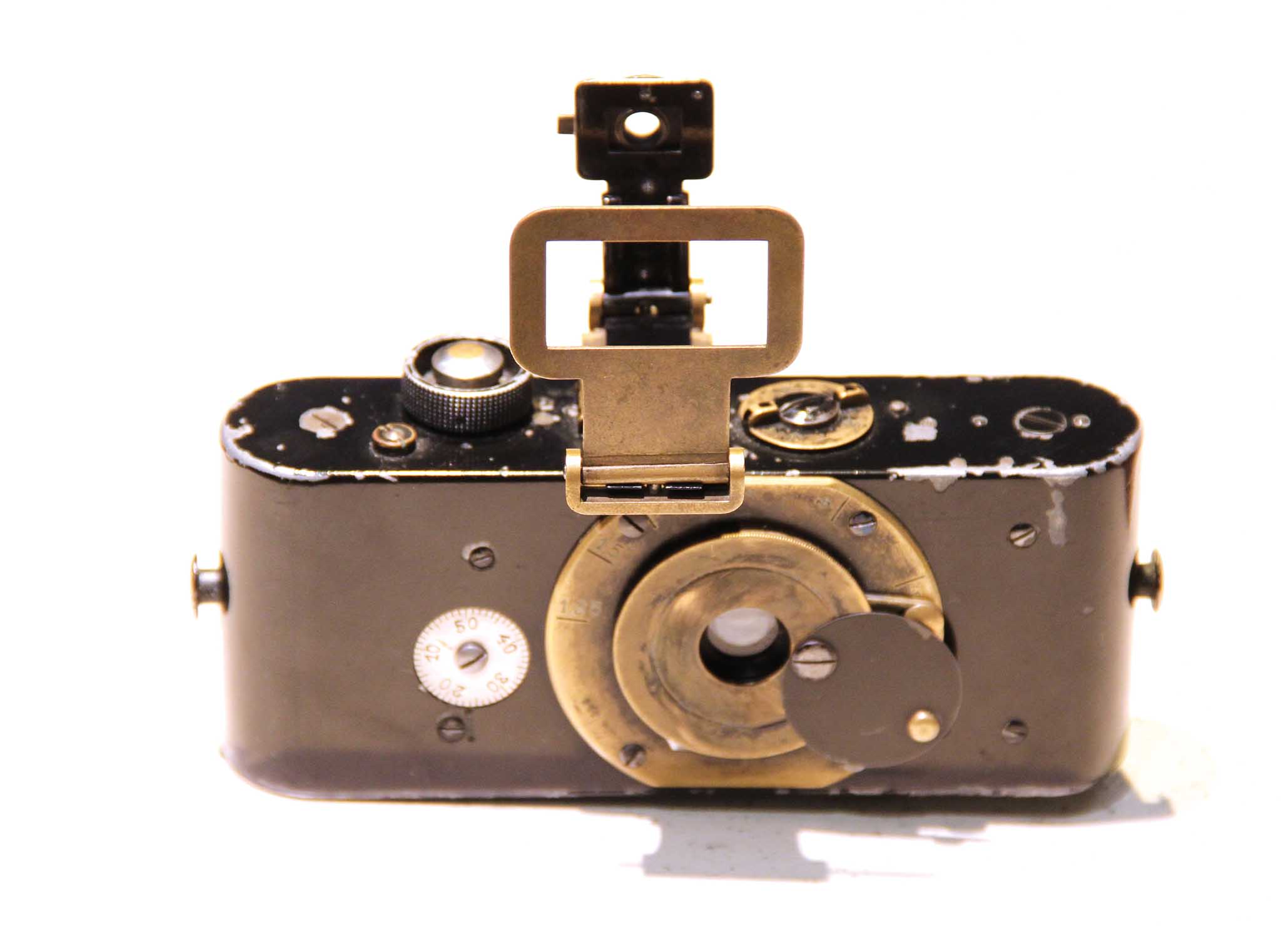
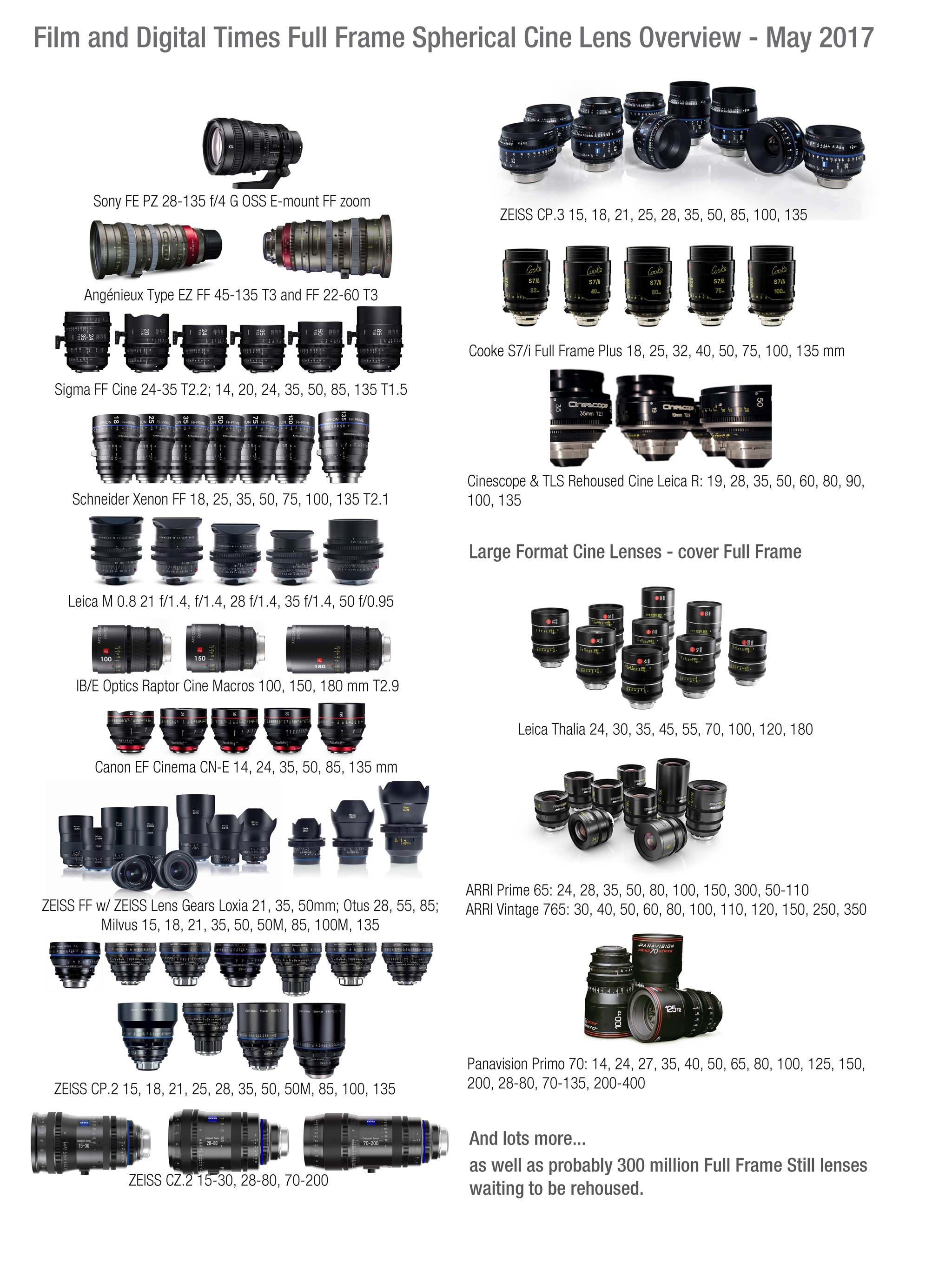
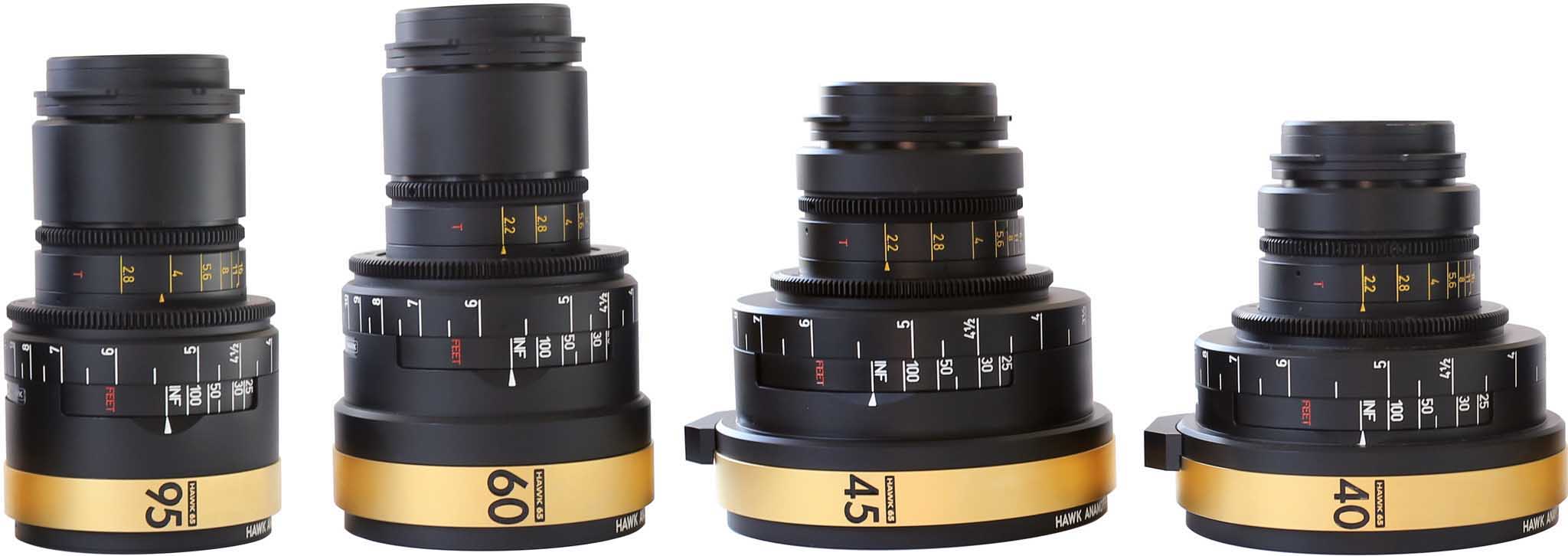
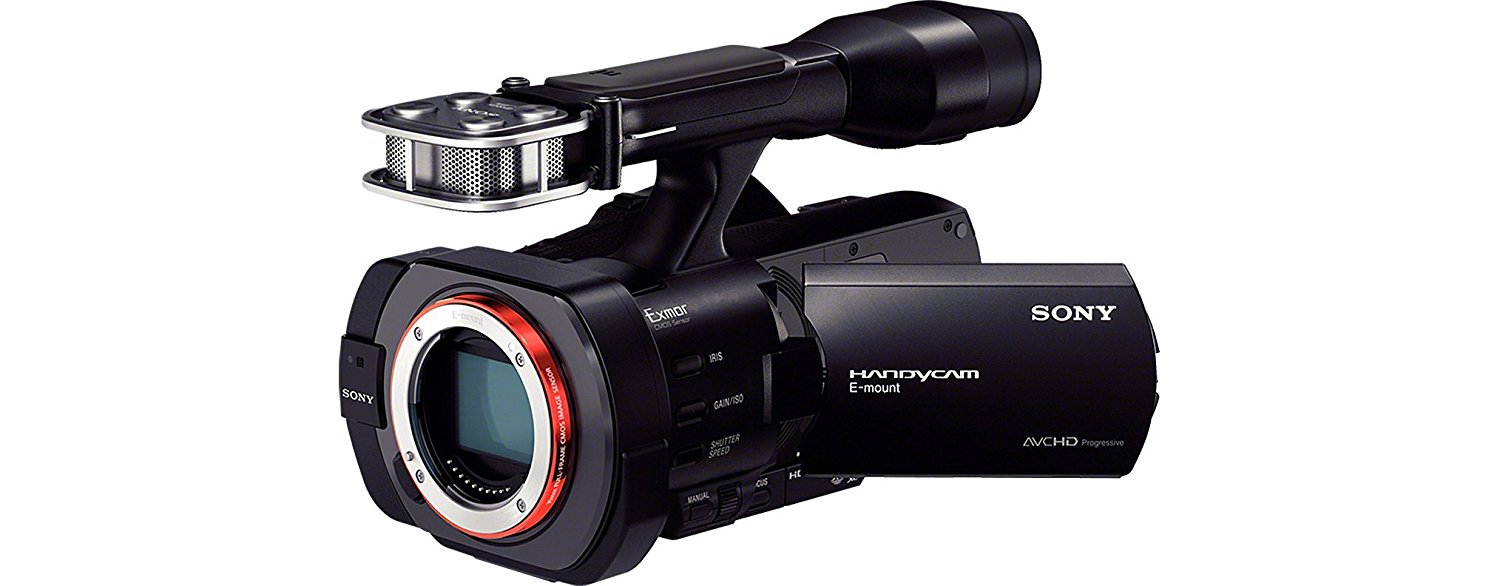
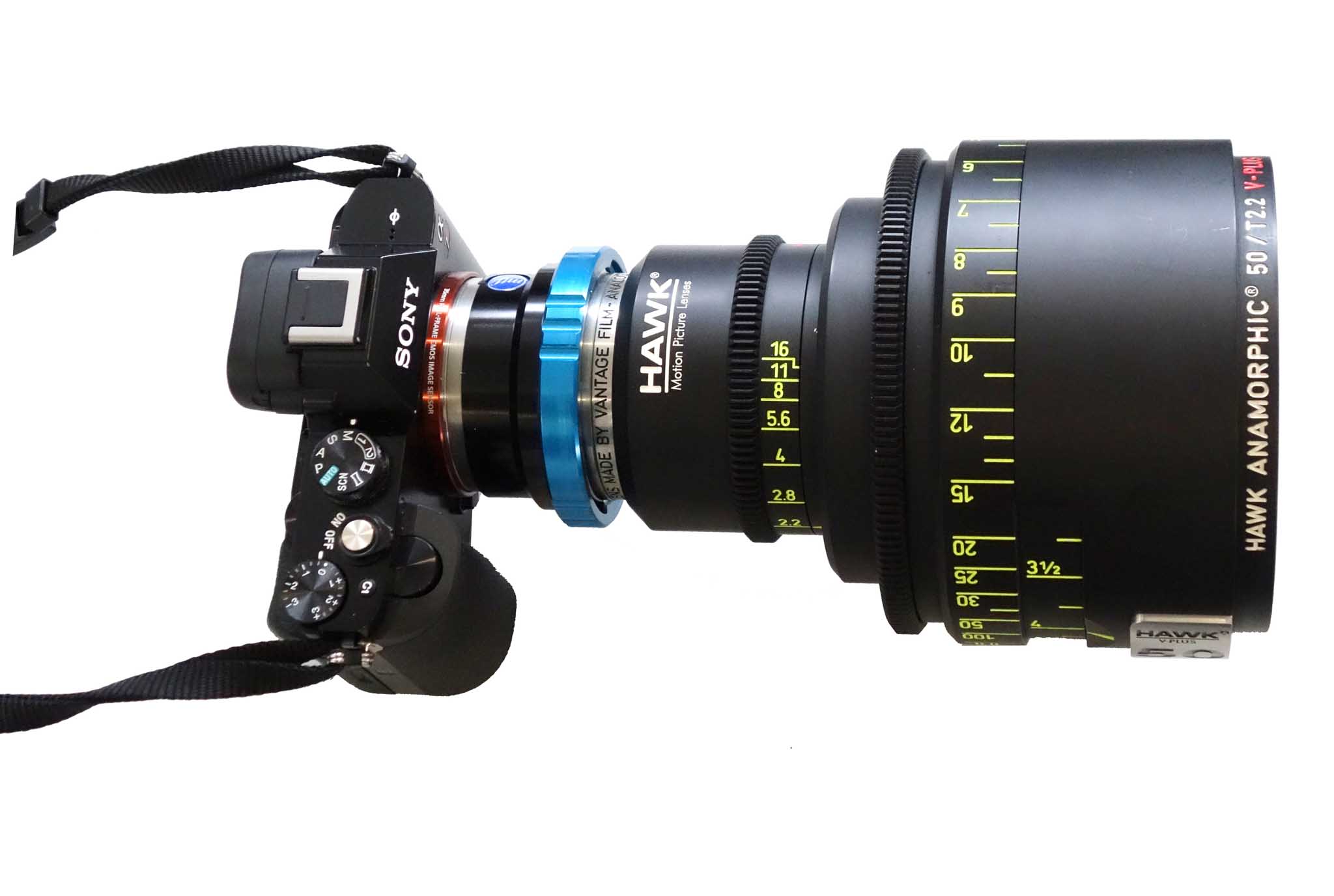
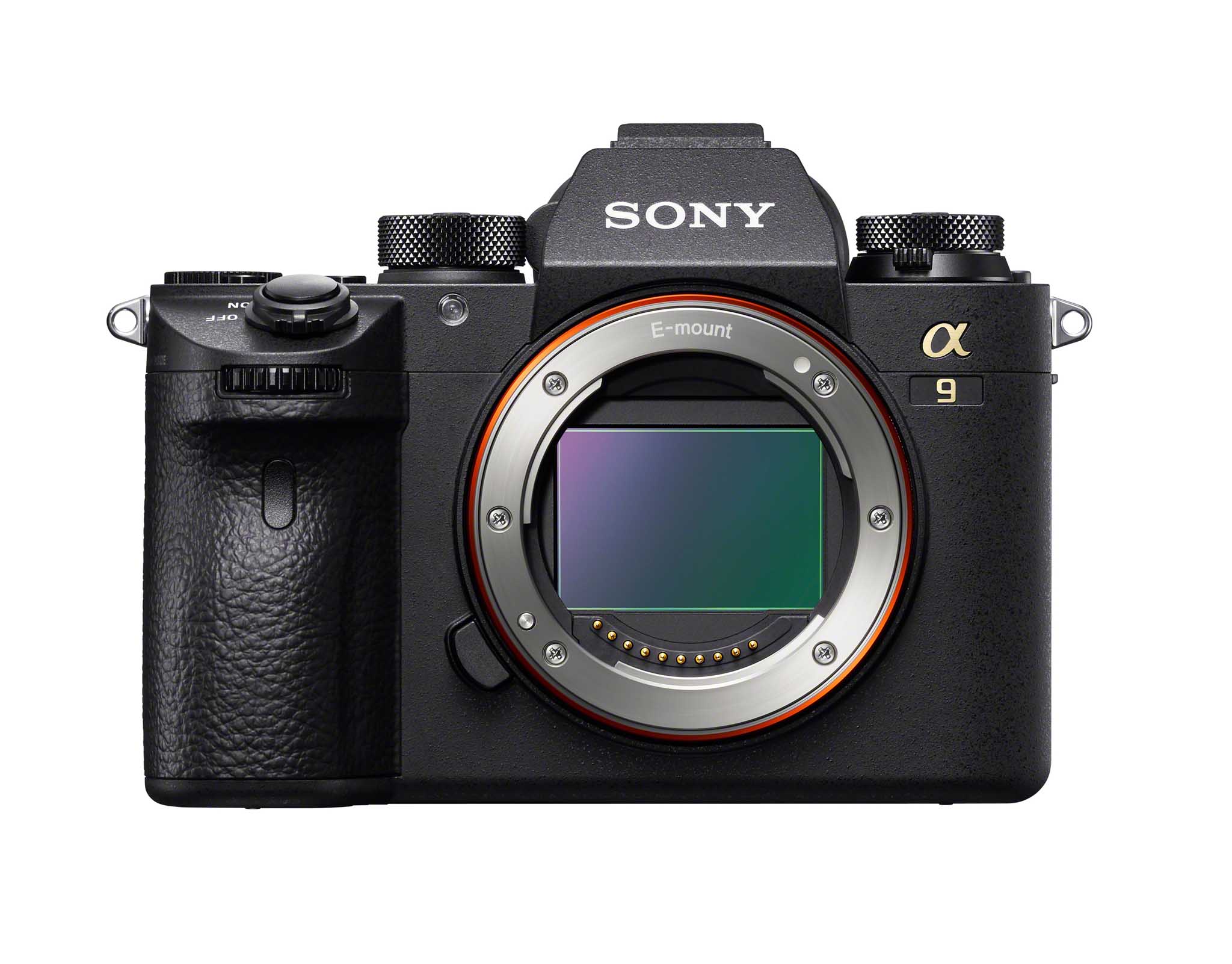








Great! Thank you for making it easy!
https://www.studiogearexperts.com/best-camera-for-youtube/htm